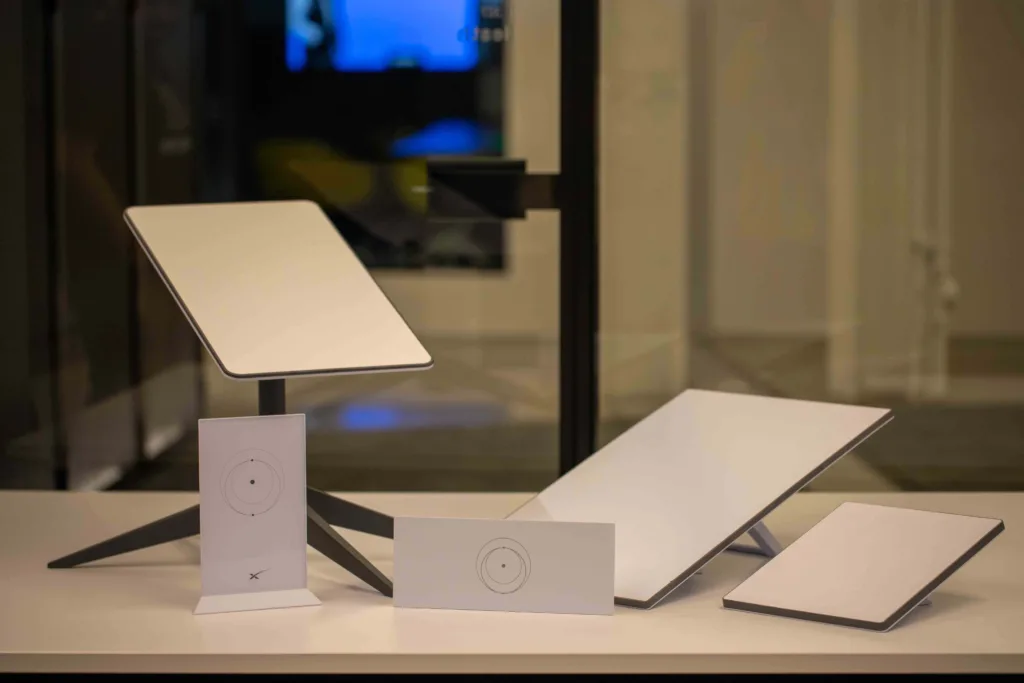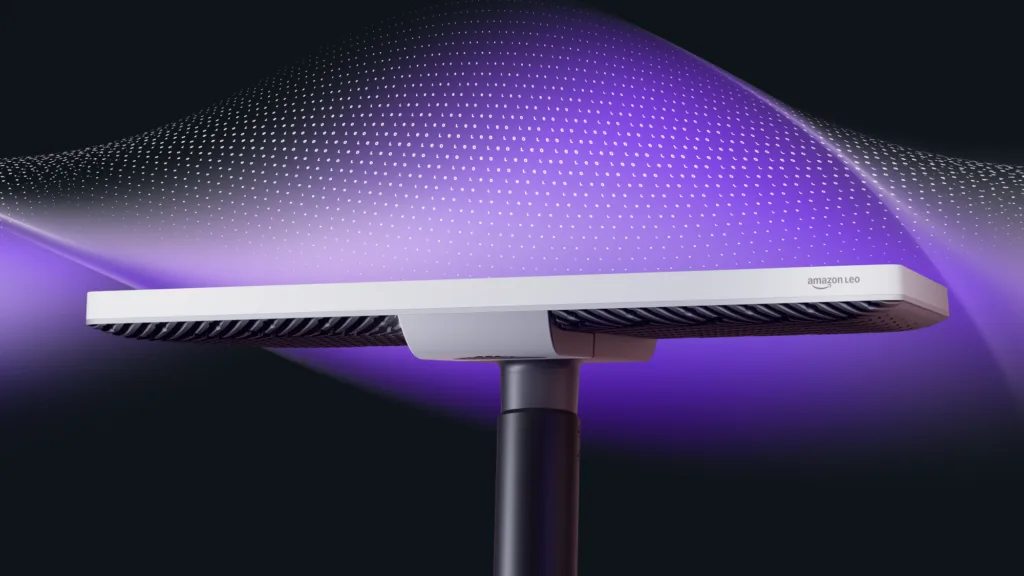Discover the best choice for your internet needs: Starlink vs. Fiber. Compare speeds and reliability...
Image by Allaina Jefferys, (left to right) The Starlink Standard Actuated, Starlink Standard V4, Starlink...
Will Amazon Leo be able to compete with Starlink, which has discounted its equipment and...











